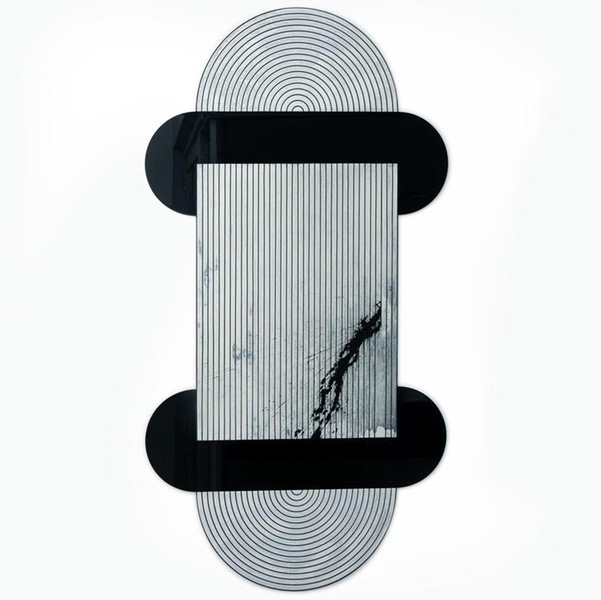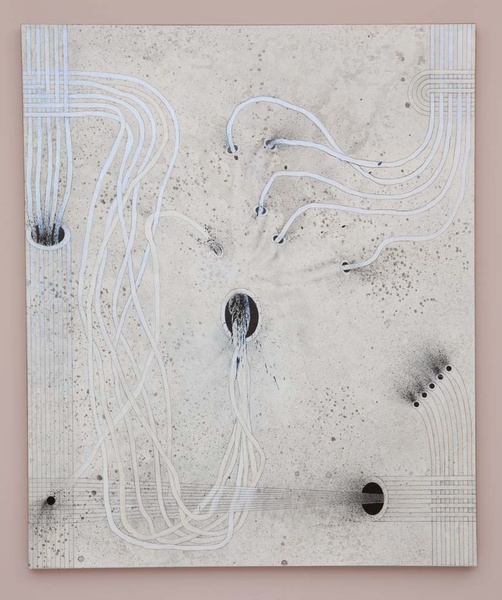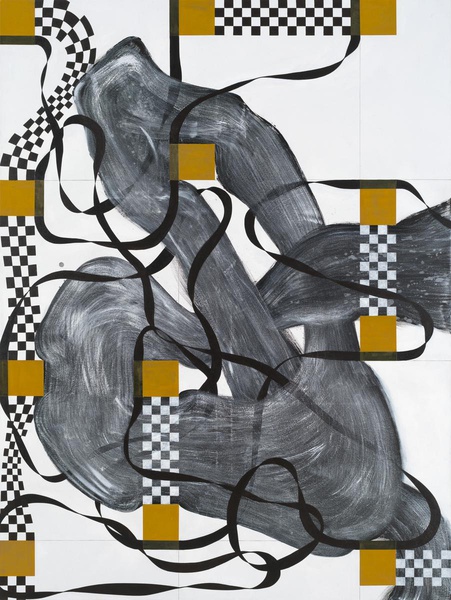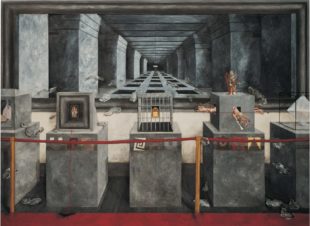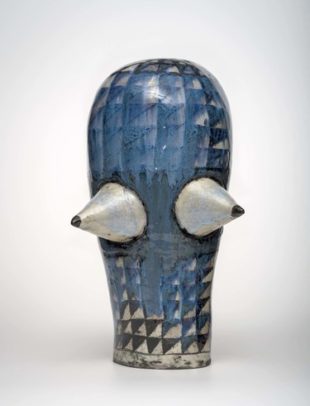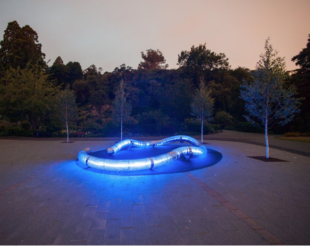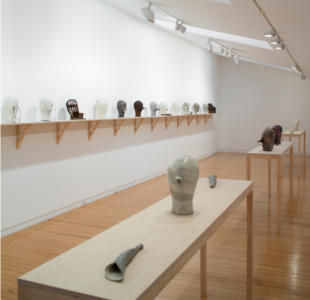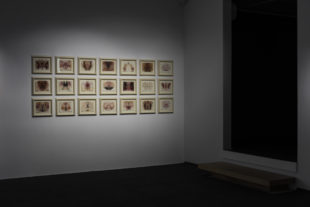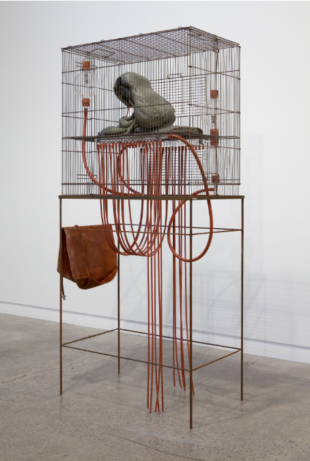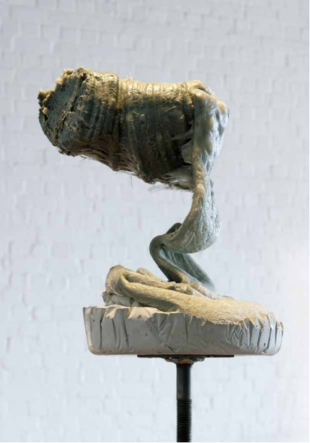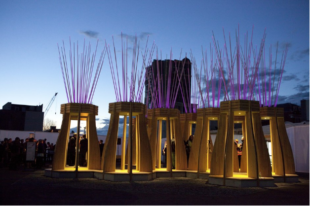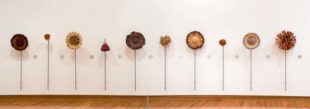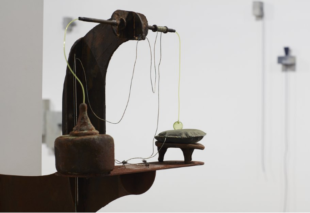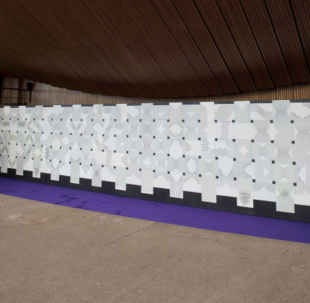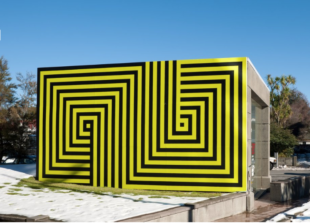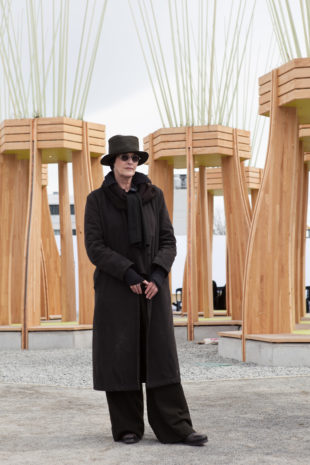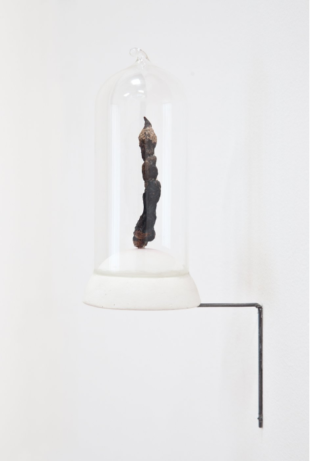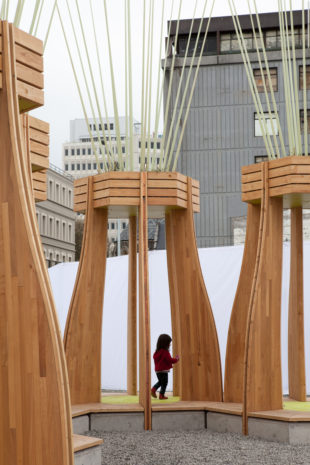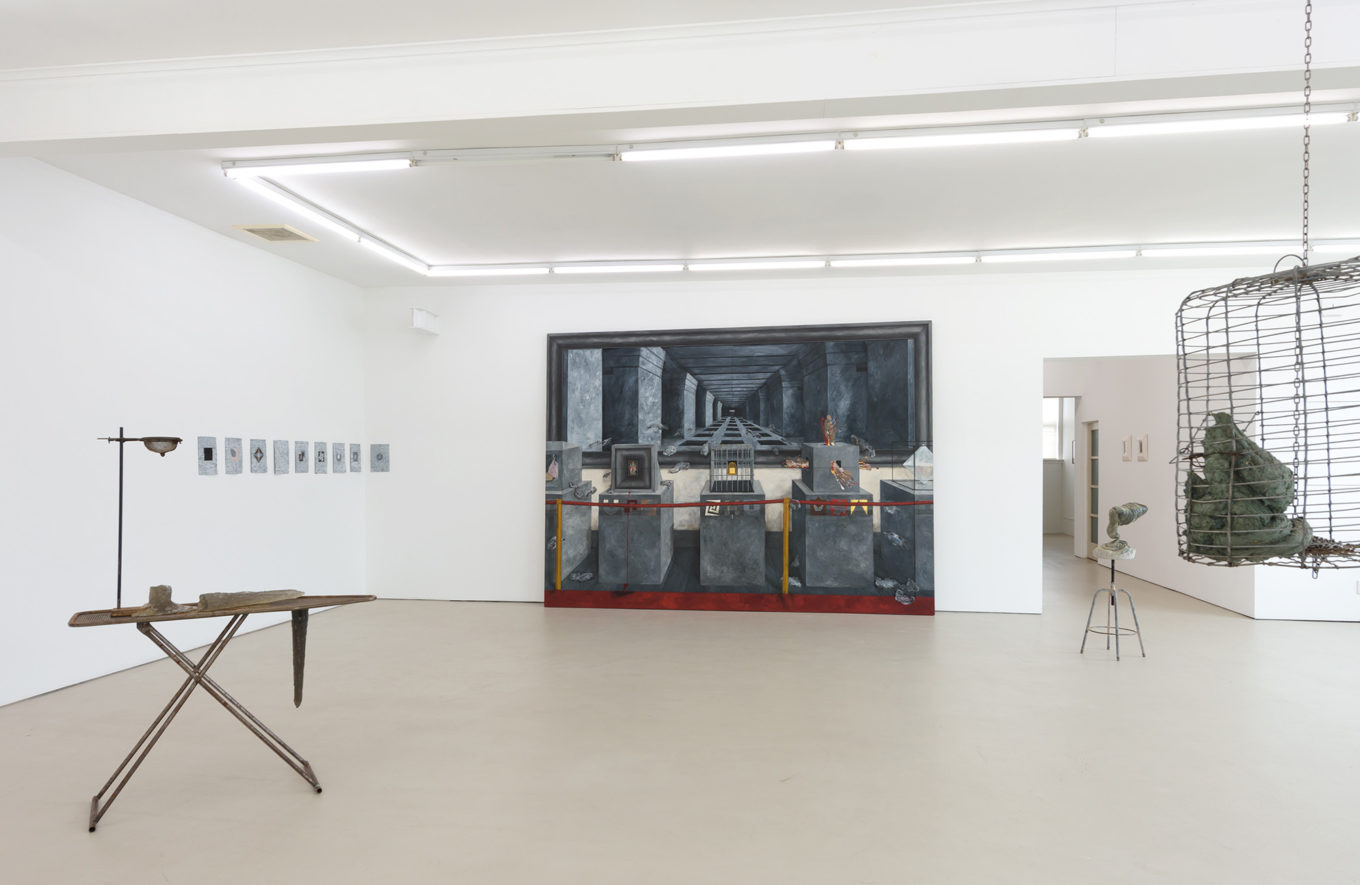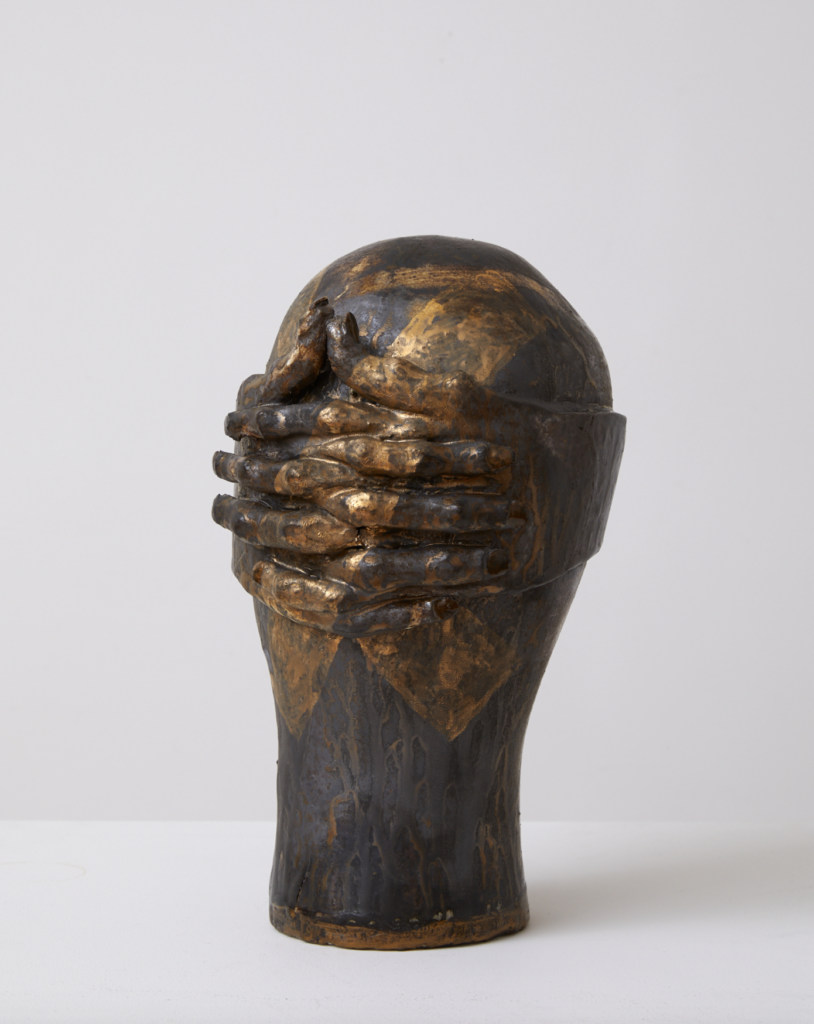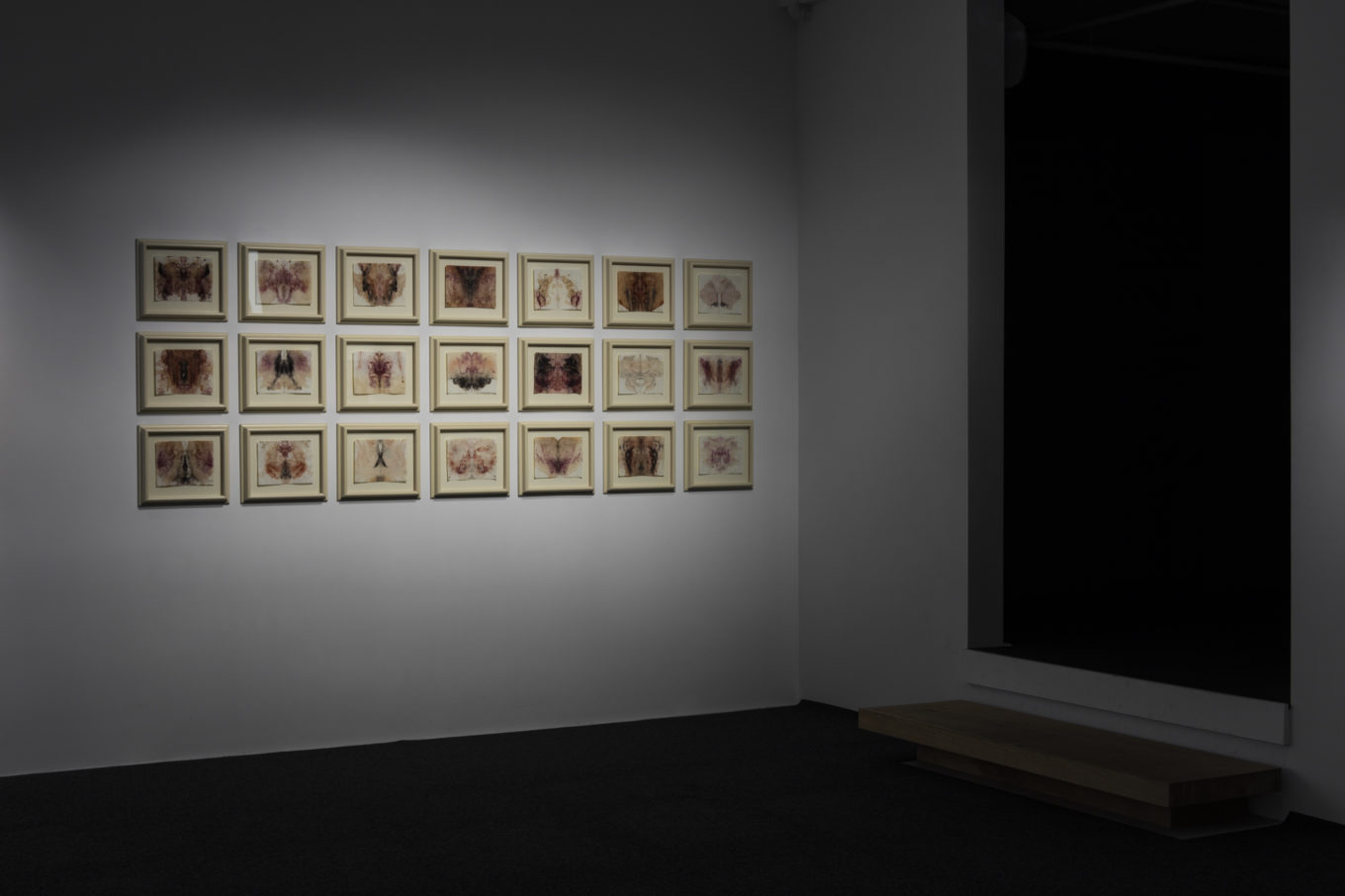With a career spannning more than four decades, Julia Morison’s work is known for its capacity to push formal and conceptual boundaries and to challenge conventions and dominant trends. Born in 1952 in rural Pahiatua, New Zealand, Morison graduated with Honours from the University of Canterbury Ilam School of Fine Arts in 1975 and has since exhibited extensively in New Zealand and internationally. She was awarded the Frances Hodgkins Fellowship in 1988 and undertook the year-long Moët & Chandon contemporary art residency in Epernay, France in 1990, where she continued to live and work until her return to Christchurch in 1999, to take up the position of senior lecturer in painting at her alumni university, a position she held until 2007. Appointed a New Zealand Arts Foundation Laureate in 2005, Morison’s practice was also the subject of a major survey exhibition, jointly organised by the Christchurch Art Gallery Te Puna o Waiwhetū and the Dunedin Public Art Gallery, in 2006-07: A loop around a loop: Julia Morison. Her work was included in the 9th Biennale of Sydney: The Boundary Rider (1992); KP5 Biennale: Jardins Secrets at L’hopital Charles Foix, Paris (1999); the 2nd Auckland Triennial: Public/Private: Tumatanui/Tumataiti at Auckland Art Gallery Toi o Tāmaki (2004); and the 17th Biennale of Sydney: The Beauty of Distance, Songs of Survival in a Precarious Age (2010). Solo exhibitions internationally include Spirit Level at Yellow House Gallery, Sydney (2016); Material Evidence: 100-headless woman (collaboration with Martin Grant) at Judith Clarke Gallery, London (1998), Artspace at the Adelaide Festival (1998), and Selfridges, London (1999). Her works are included in all major New Zealand public Collections, and she was appointed an Officer of the Order of New Zealand, Order of Merit (ONZM) in 2018.
There are few artists working in New Zealand whose work so aptly suits the descriptor ‘embodied knowledge’, and a potent physical relationship exists between the viewer and the work. Morison’s use of a spectrum of materials has tested our assumptions and associations – for decades she has worked with substances as varied as blood, excrement, gold, lead, clay, wood, hair, beeswax and rus, finding expression across a variety of media including painting, photography, sculpture and installation, always eschewing easy categorization with multiple points of formal and symbolic return throughout her oeuvre. Consistent has been the investigation and testing of existing systems of ordering and systematizing form and content – from Euclidian geometry, the legacies of constructivism and formal abstraction, through to interrogation and re-imagining of alchemy, number symbolism and in particular the Jewish mystical tradition called Kabbalah. How she draws upon or extrapolates from source materials is never slavish – the potency and veracity of a sign or symbol is something to be tested and toyed with.
Morison’s sculptural practice is especially visible across the South Island, with a number of public commissions installed throughout Christchurch: Aibohphobia at Christchurch Art Gallery Te Puna o Waiwhetū (2011); Myriorama: 8 Knot at Christchurch City Council (2010); Madame & the Bastard do Black (with Heather Straka) at The Kiosk (2000); Tree Houses for Swamp Dwellers at Christchurch City Council (2013) – part of SCAPE 7 Public Art Biennial – and Wooorm/Ouroborus at the Botanical Gardens in Dunedin (2013).
Morison lives and works in Ōtautahi Christchurch, Aotearoa New Zealand.

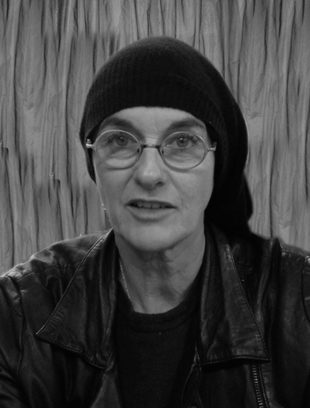
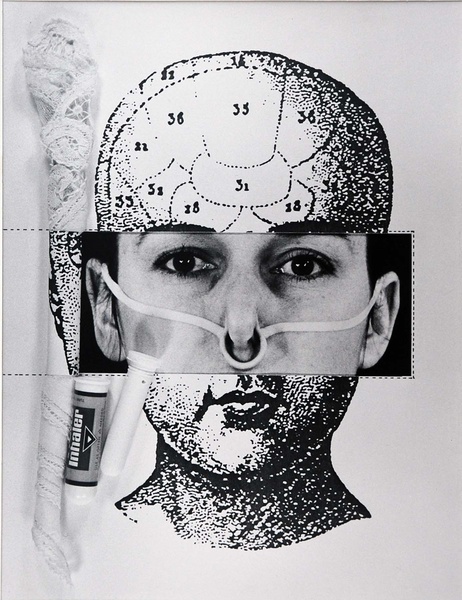
![Head[case], 119- I'm done... Take ten](https://trishclark.co.nz/wp-content/uploads/2021/07/Morison-Im-Done-Take-Ten-660x830.png)
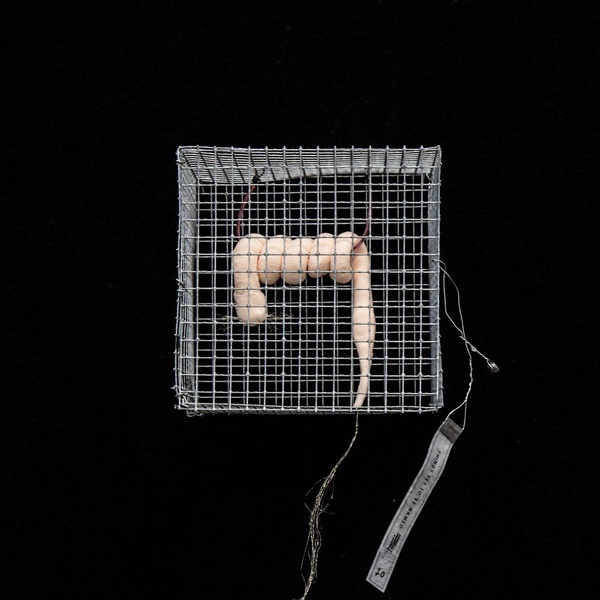
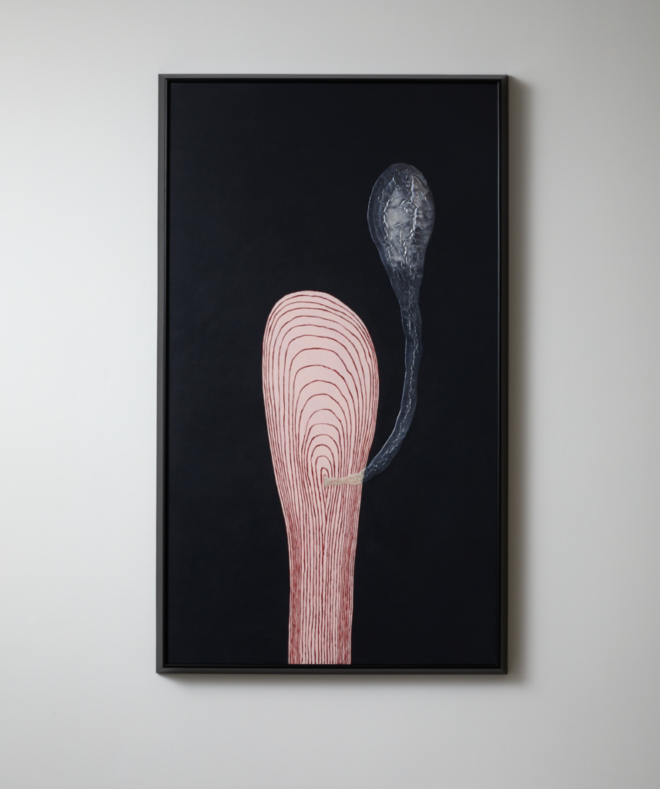
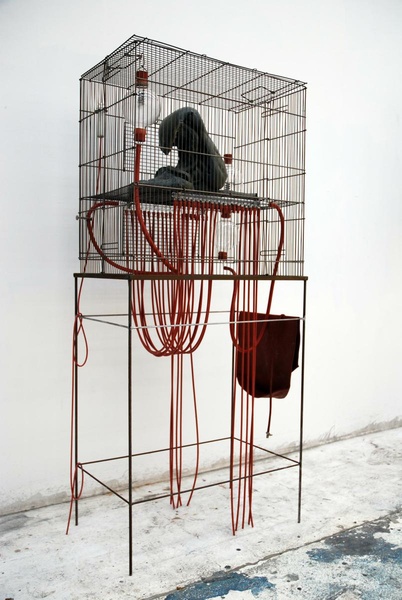
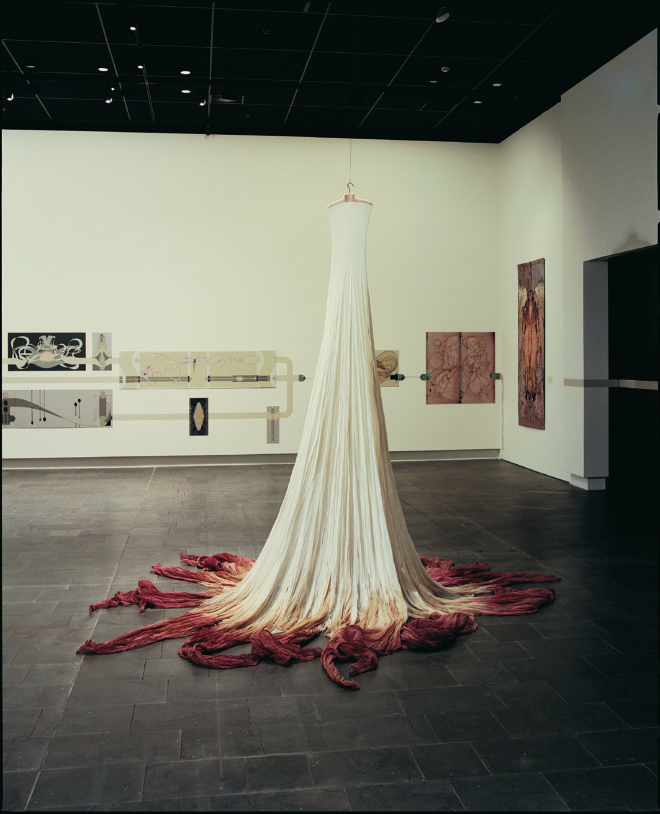
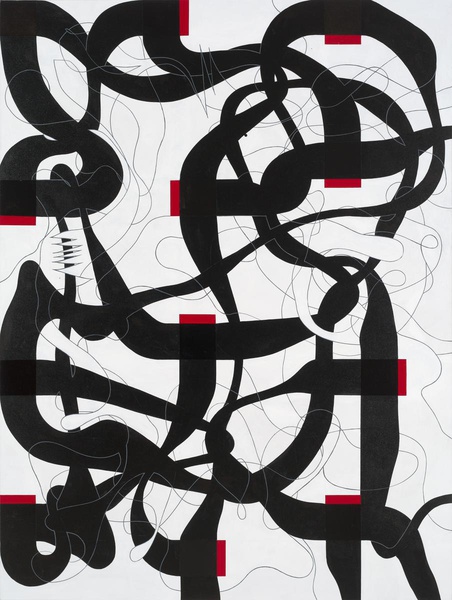
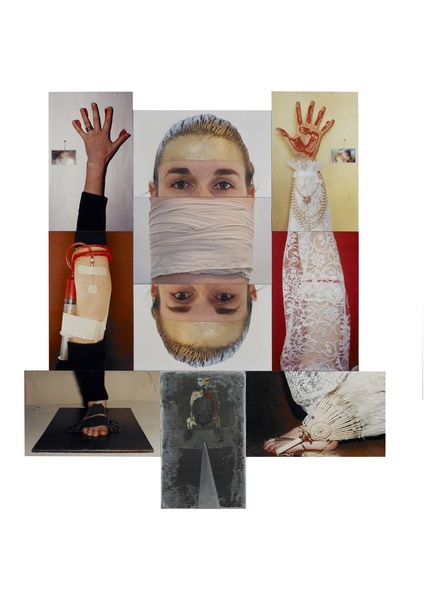
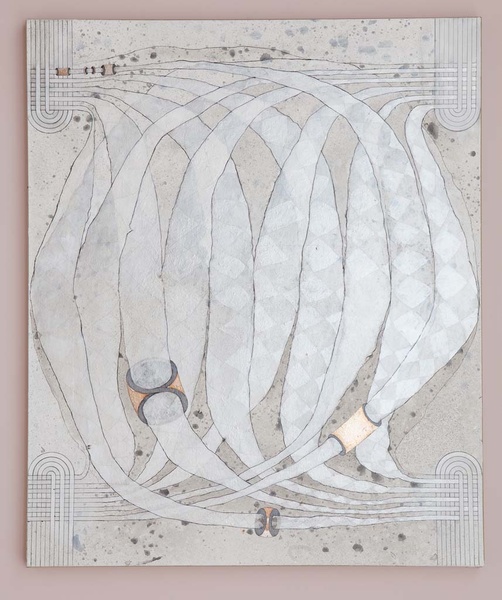
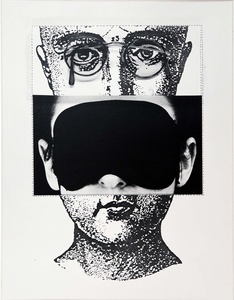
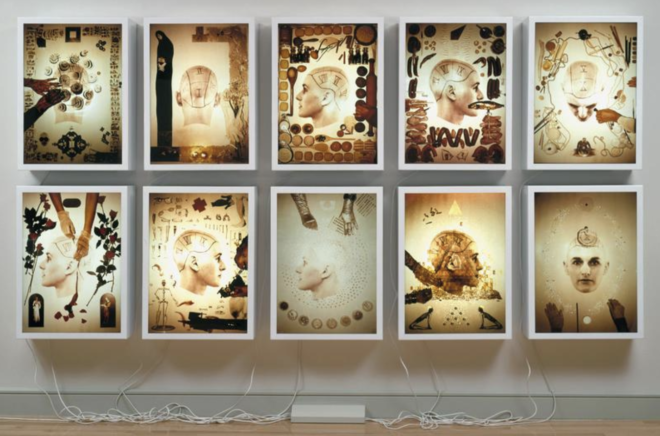
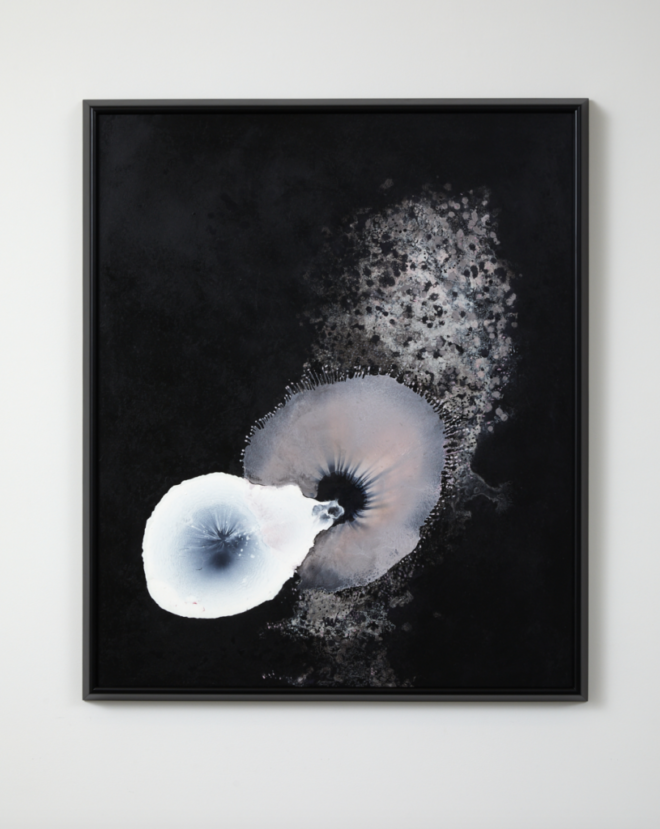
![Head[case], 001- Tear Catcher](https://trishclark.co.nz/wp-content/uploads/2022/05/18.-JM_Headcase_001_Tear-Catcher_2014.jpg)
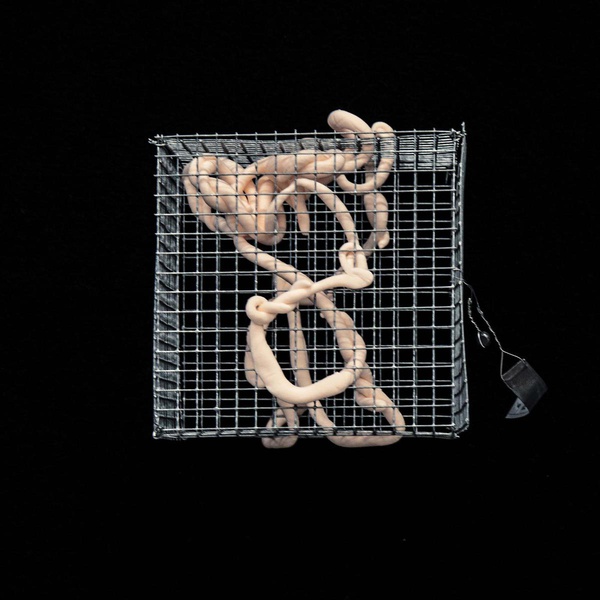
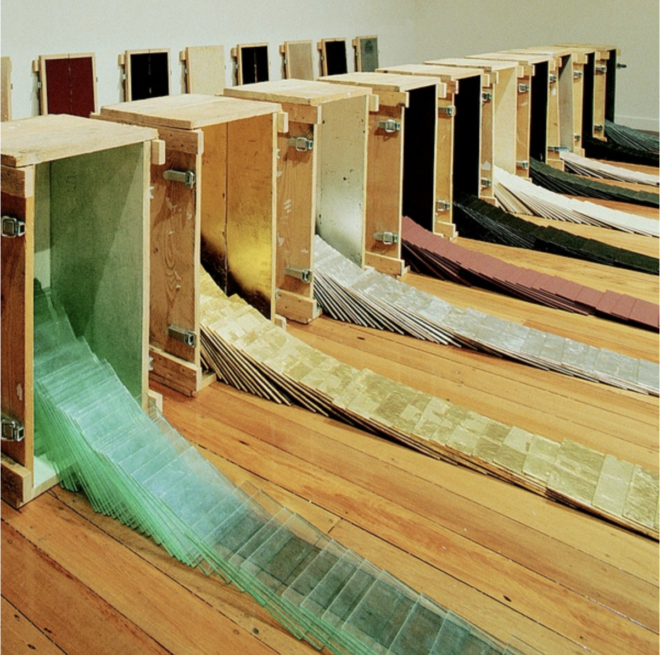
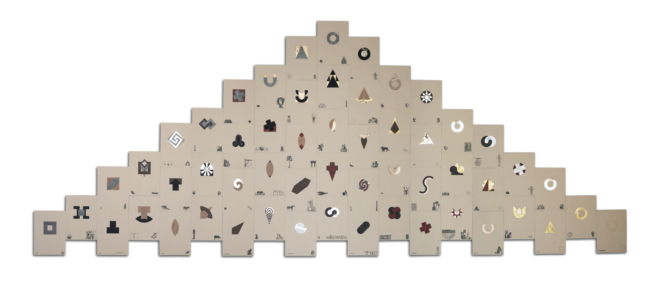
![Head[case], 017 - Sound trumpets](https://trishclark.co.nz/wp-content/uploads/2022/05/20.-JM_Headcase_017_Sound-Trumpets_2015.jpg)
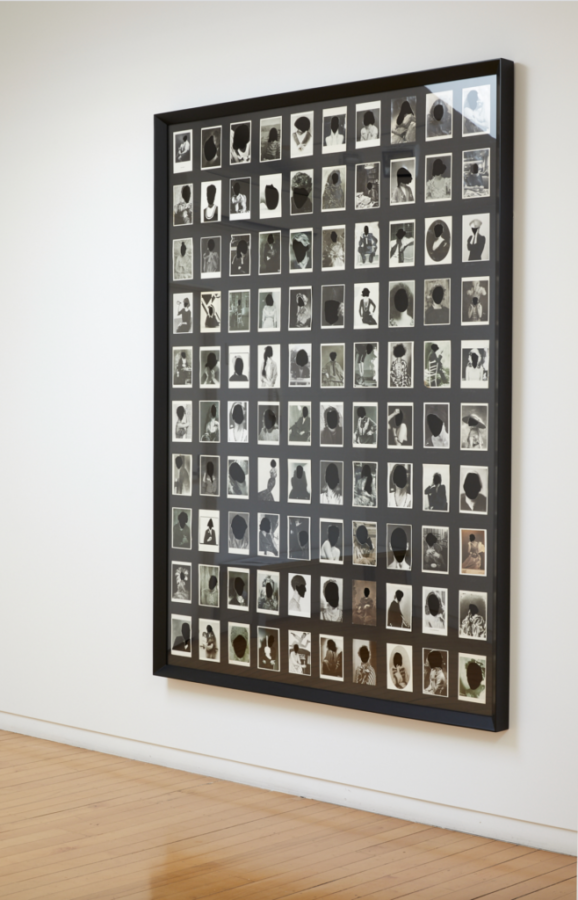
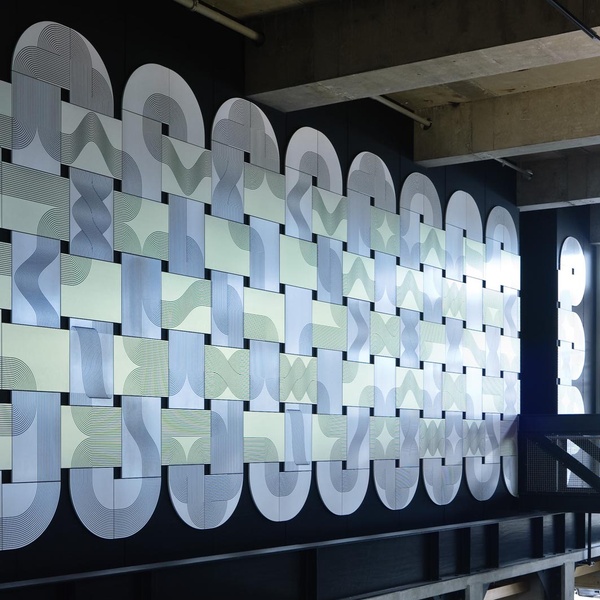
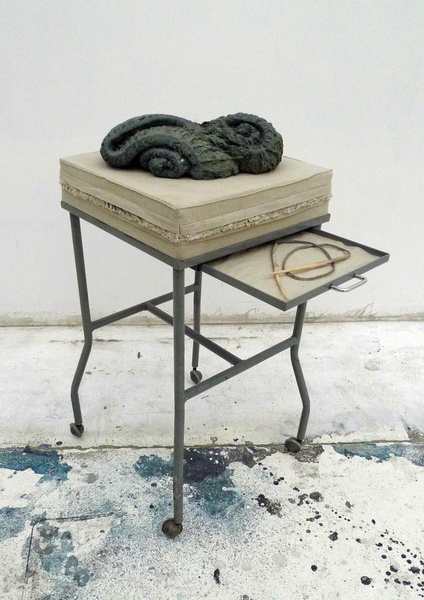

![Head[case], 123 - Hirsute; nares](https://trishclark.co.nz/wp-content/uploads/2022/05/JM_Headcase_123_Hirsute-Nares_2018.jpg)
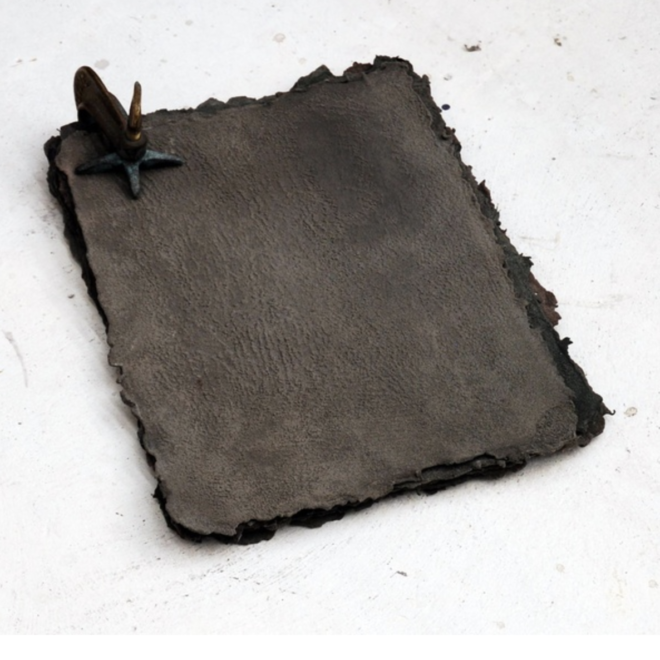
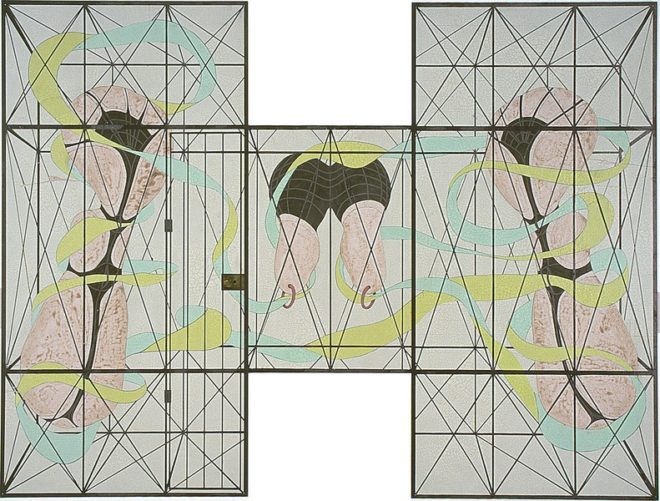
![Head[case], 106 - Space catcher](https://trishclark.co.nz/wp-content/uploads/2022/05/19.-JM_Headcase_106-Space-Catcher_2018.jpg)
